2ND AMEN EDC Blog
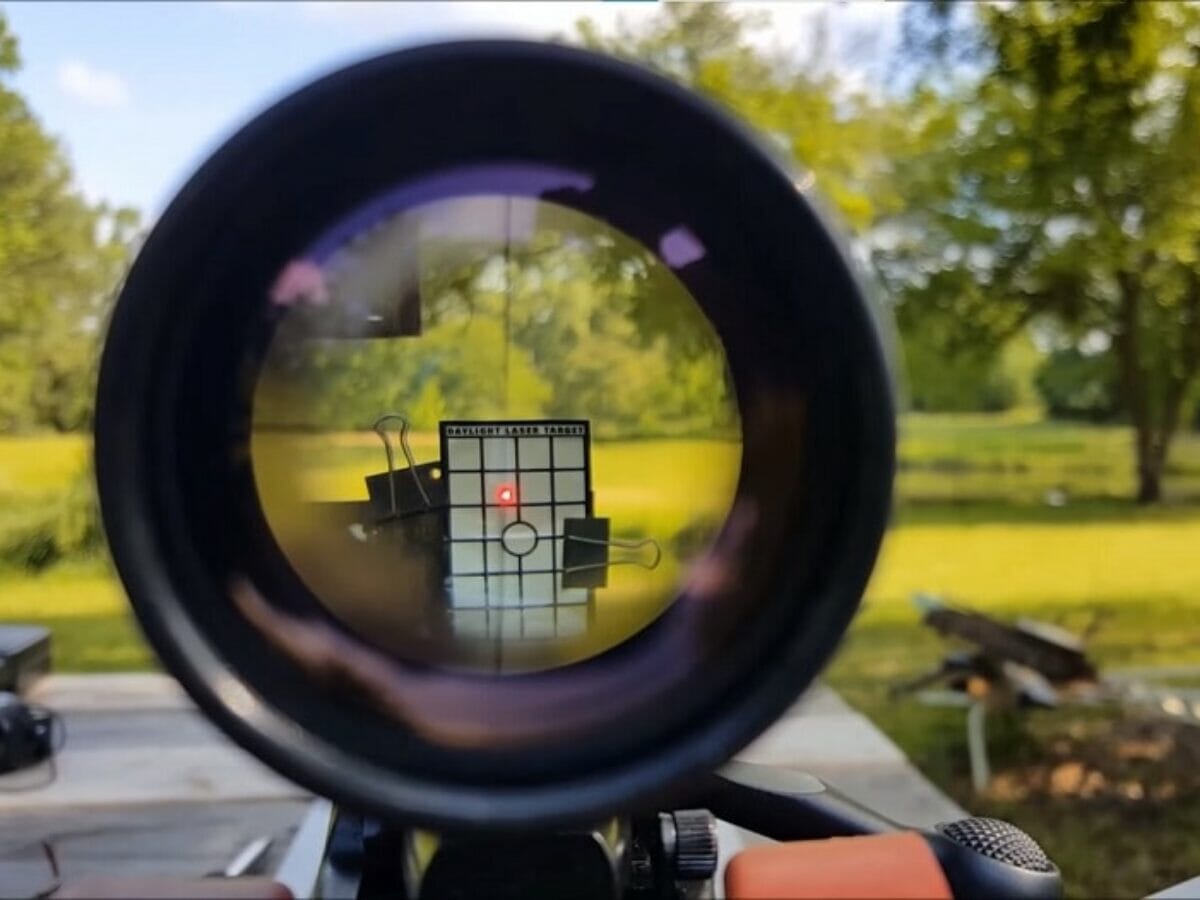
The Secret to Consistent Accuracy: Zeroing Your Scope with a Laser Boresight.
Zeroing your scope with a laser boresight is a crucial step in achieving accurate and consistent shots. By aligning the reticle of your scope with the laser dot projected by the bore sight, you can ensure that your shots will hit the target every time. The process is straightforward, but it's important to take your time and make adjustments as needed. With the right technique and a little patience, you'll be able to zero your scope with a laser boresight and take your shooting game to the next level.
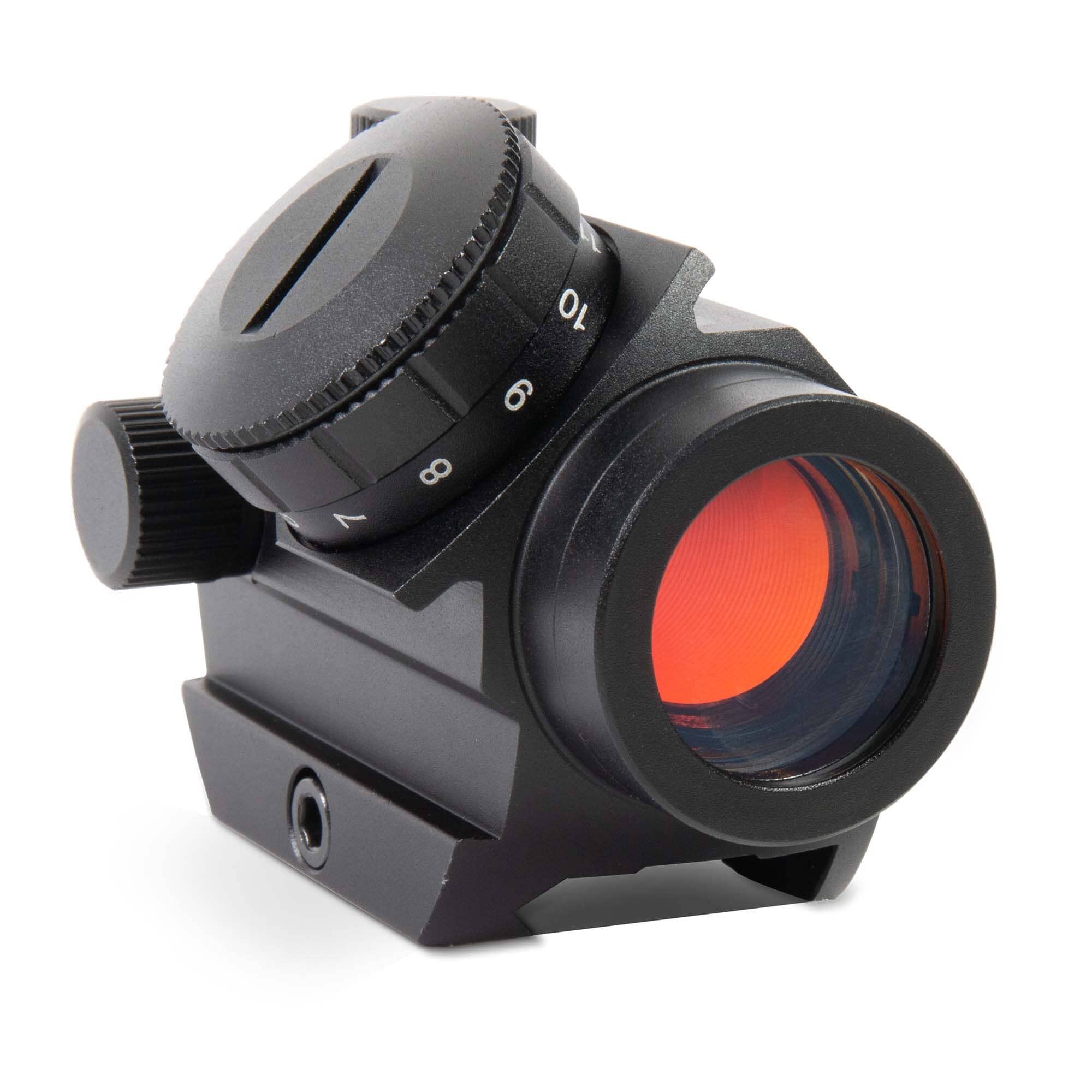
Co-witnessing 101: The Importance of Aligning Iron Sights with Rifle Scopes
Co-witnessing is the process of aligning the iron sights of a rifle with the reticle (crosshairs) of a scope. This technique allows the shooter to use the iron sights as a backup in case the scope becomes damaged or is otherwise unusable. Additionally, it can also be used to improve the accuracy of the rifle by providing the shooter with multiple points of reference for aiming. There are several methods for co-witnessing a rifle scope, including the use of a riser mount, a scope mount with built-in iron sights, or a set of iron sights that can be mounted directly to the scope.
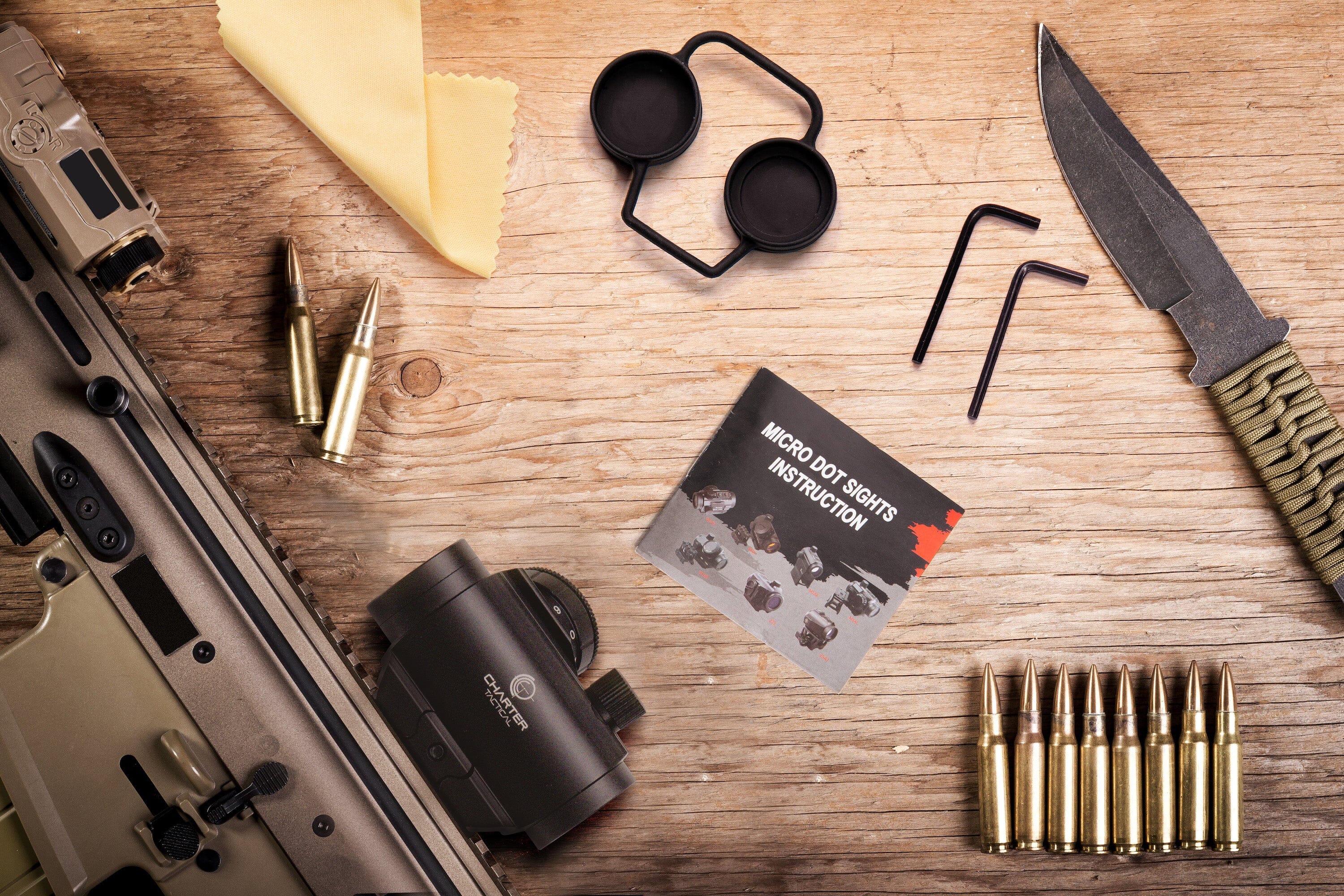
Hit the Bullseye: A Beginner's Guide to Zeroing Your Rifle Scope.
Zeroing in a rifle scope is an essential step in achieving optimal accuracy and precision when shooting. By aligning the aim point of the scope with the point of impact of the bullet, you can ensure that your rifle is hitting where you intend it to. The process of zeroing a rifle scope can be a bit time-consuming and requires patience, but the end result is well worth the effort. Whether you're a beginner or an experienced shooter, taking the time to properly zero in your rifle scope can greatly improve your overall shooting experience.
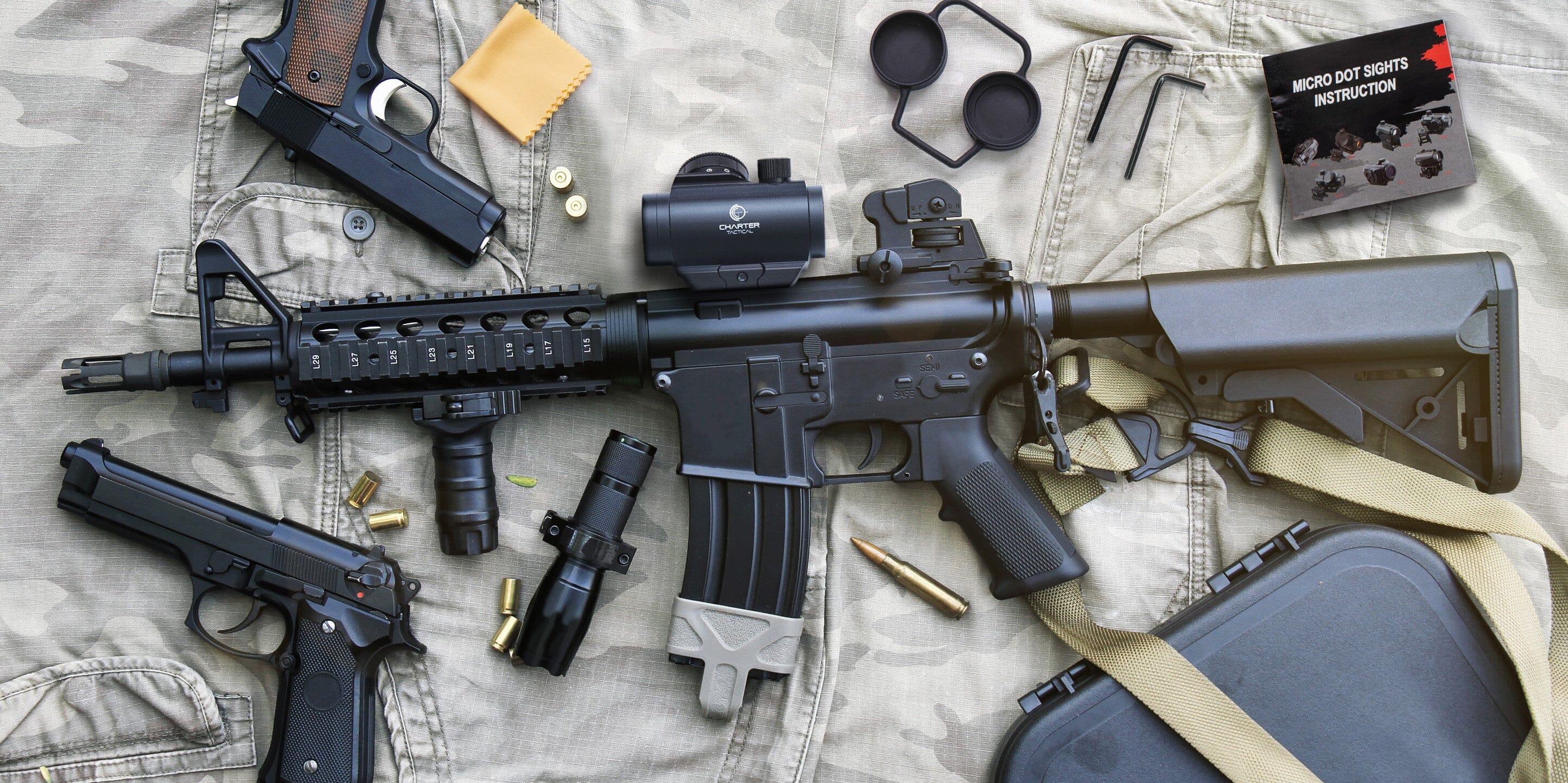
First vs. Second Focal Plane Scopes: Which is Right for You?
Focal planes refer to the plane on which the reticle, or crosshairs, is focused in relation to the objective lens. There are two types of focal planes: first and second. A first focal plane (FFP) scope has the reticle located in the front focal plane, which means that the size of the reticle appears to change as you adjust the magnification. This can be useful for making precise shots at long distances. On the other hand, a second focal plane (SFP) scope has the reticle located in the rear focal plane, which means that the size of the reticle does not change as you adjust the magnification. This can be useful for quick target acquisition at close ranges. When choosing between first and second focal plane scopes, consider your intended use, budget, reticle size, and durability.
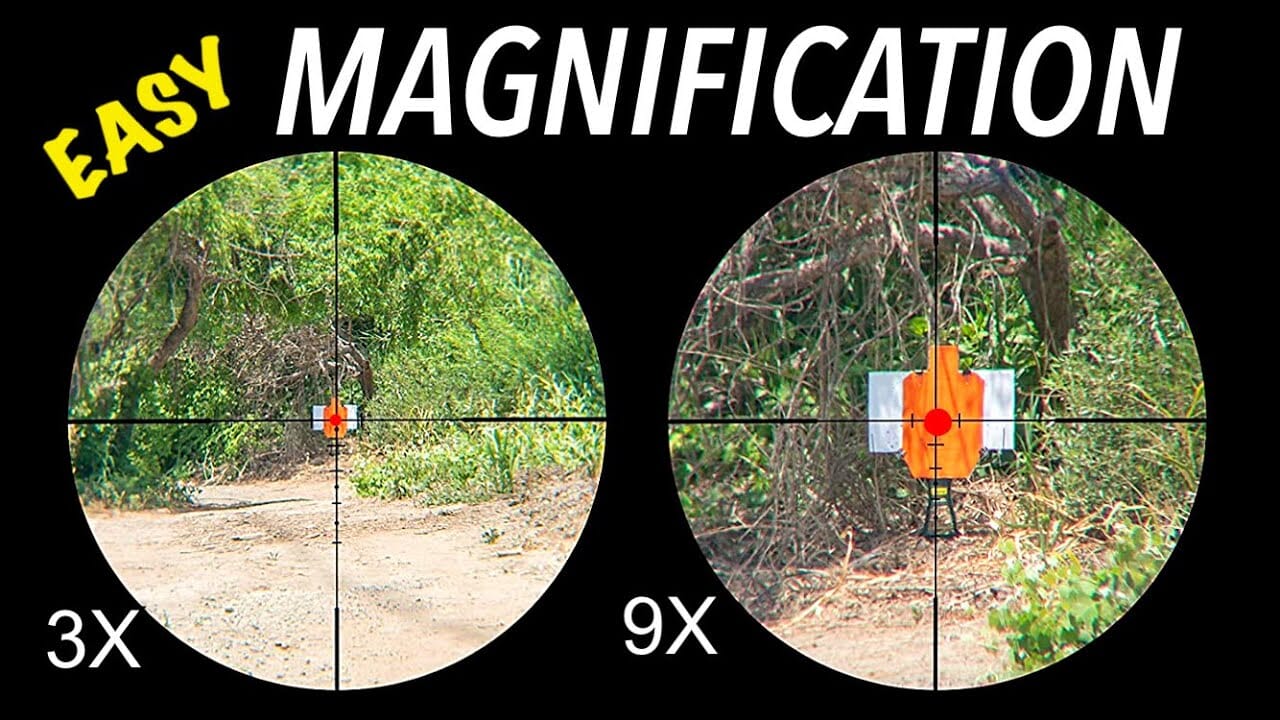
Maximizing Your Shooting Accuracy with Right Rifle Scope Magnification.
Magnification is a key factor to consider when choosing a rifle scope. It refers to the ability of the scope to make a distant object appear closer, and is typically expressed as a number such as 4x or 8x. Higher magnification can make it easier to see small details and shoot at long distances, but it can also make it harder to shoot accurately and find the target in the scope. It is important to choose the right magnification for your specific needs, taking into account the type of shooting you will be doing, the size of the target, and the type of rifle you are using.
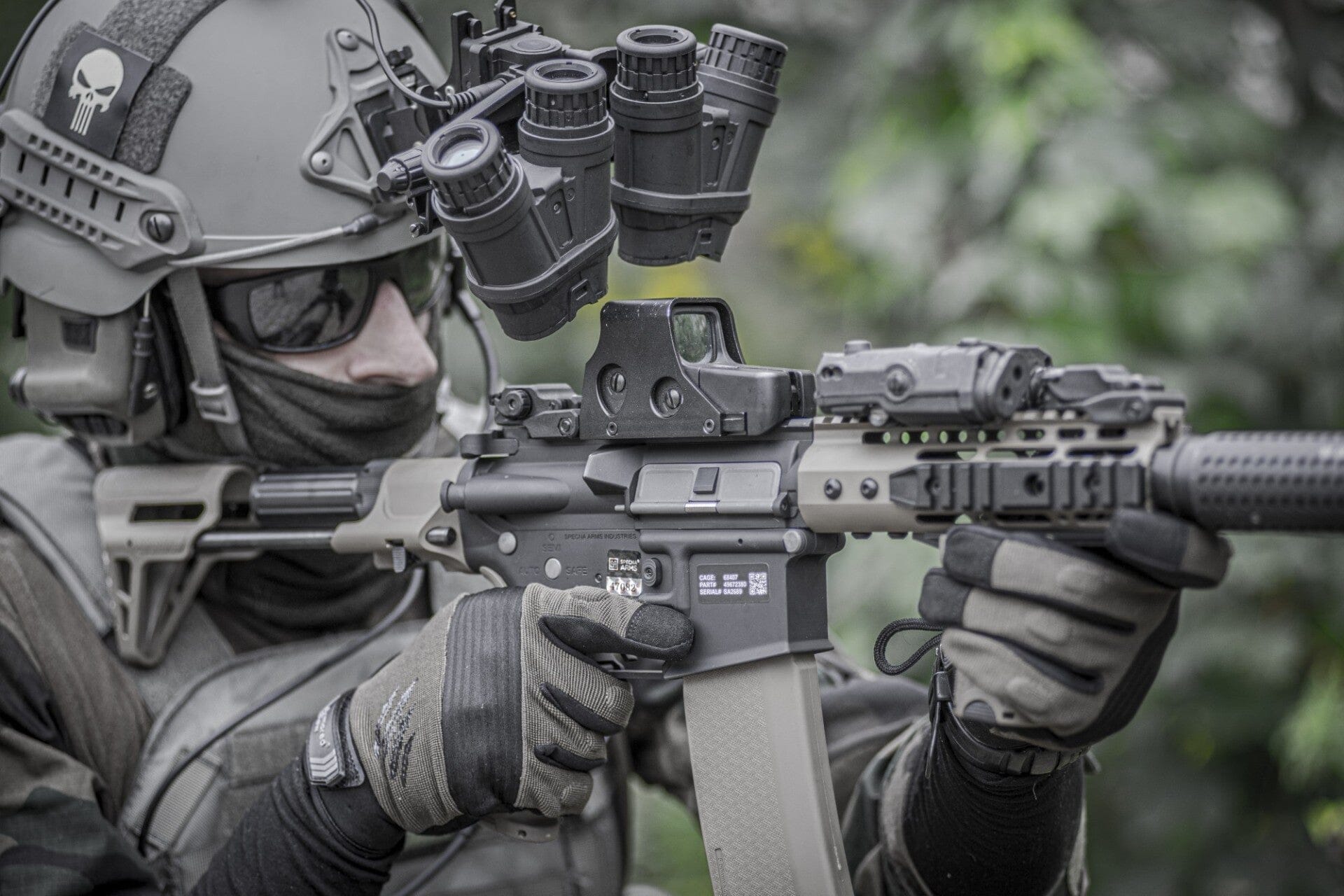
Optics 101: a beginner's guide to sighting devices for guns.
Optics, or sighting devices, are an important accessory for many firearms, including rifles, shotguns, and handguns. They help you aim accurately by providing a clear, magnified view of your target. There are many types of optics available, ranging from simple iron sights to advanced scopes and red dot sights. Whether you are a beginner or an experienced shooter, the right optics can make a big difference in your shooting performance and accuracy.
